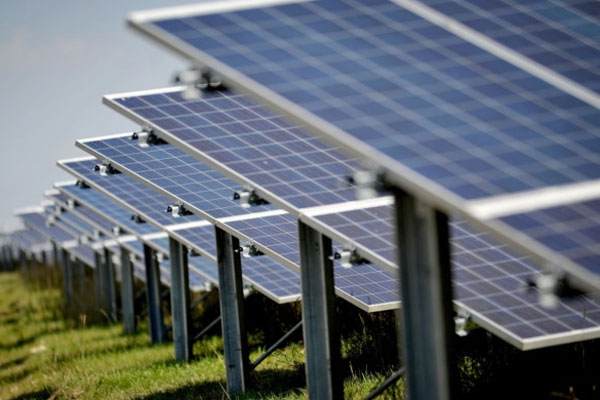A new report states that leading renewable energy sources such as solar, accounted for more than 50 percent of new electric capacity generated globally in 2015.
This is the conclusion of a new report published by the International Energy Agency (IEA).
Led by wind and solar, renewables reached a record 153 Gigawatt (GW) of which solar photovoltaic (PV) power capacity accounted for 49 gigawatts.
That’s stunning, considering that this figure jumped by 15 per cent from 2014 data. The report noted that this also leads to an overwhelming observation that there is more renewable power capacity today than coal power capacity.
No, that wasn’t a typo, let me repeat … “there is more renewable power capacity today than coal power capacity.”
“We are witnessing a transformation of global power markets led by renewables and, as is the case with other fields, the center of gravity for renewable growth is moving to emerging markets,” said Dr Fatih Birol, the IEA’s executive director.
There are many factors behind this remarkable achievement. The IEA explains that it is all due to positive policy changes, lowered costs, and improvements in the diverse technology that have made renewables a much more attractive investment.
Adding that increased competition, enhanced policy support in key markets, and technology improvements also played an important role.
A key takeaway from the report is that it wasn’t just financial benefits or climate change mitigation that acted as the leading push for these positive policies.
Many nations focused more on developing these policies to combat deadly air pollution and diversifying energy supplies to improve energy security, especially in emerging Asia.
The IEA—which has been accused of underestimating the growth of renewables—expects 28 percent of electricity to come from renewables by 2021, up from 23 percent today.
“I am pleased to see that last year was one of the records for renewables and that our projections for growth over the next five years are more optimistic, said IEA Executive Director Fatih Birol. However, even these higher expectations remain modest compared with the huge untapped potential of renewables.”













Comments